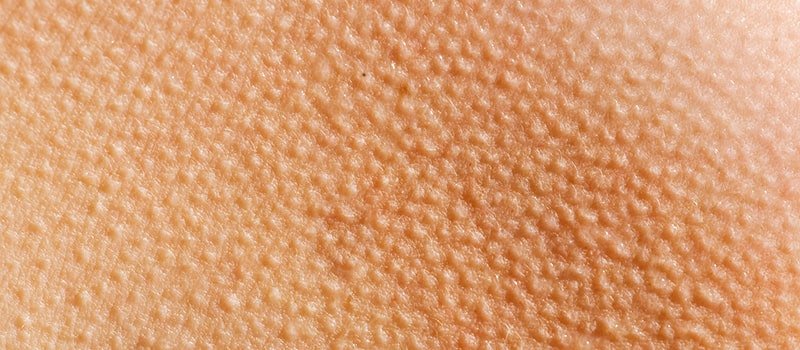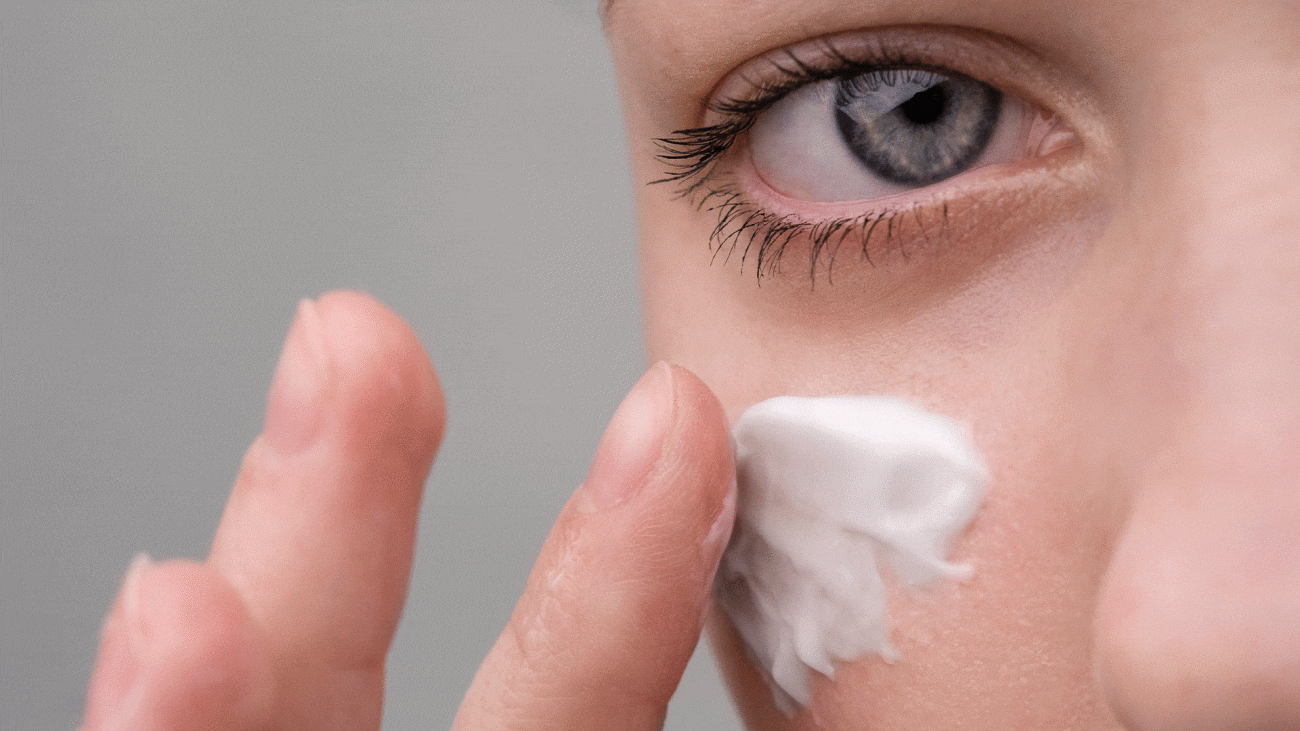- Keralashy Lash Serum
- Kerahair lotion 125ml
- Kerahair shampoo 200ml
- Kerahair Serum 60ml
- Kera naily serum
- Kerahair Antilice lotion
- Keratensive sun screen gel cream (alpha arbutin) 50ml
- Keratensive sun screen gel cream (Niacinamide) 50 ml
- EYENEX cream
- Eyenex cream (without retinol)
- ORDINOR SMOOTH SKIN SERUM
- ORDINOR EVEN TONE SKIN SERUM
- ORDINOR GLASSY SKIN SERUM
- ORDINOR SKIN REVIVE SERUM
3 طرق فعالة للتخلص من جلد الوزة نهائيا / 3 effective ways to get rid of chicken skin permanently

3 effective ways to get rid of chicken skin permanently
Is your skin not smooth? Do you suffer from dryness, inflammation, and constant itching? Many women struggle with skin that isn't as clear as they would like, with red bumps appearing in large numbers on the arms, legs, or thighs, resembling chicken skin. This condition is also known as strawberry legs, but its scientific name is ( Keratosis Pilaris ) .
Keratosis Pilaris is characterized by small, rough bumps that can appear red or black, especially on darker skin tones. These bumps are raised above the skin and contain trapped hair due to the buildup of keratin that blocks the hair follicles. It affects about 50-80% of teenagers and 60% of adults. The condition is genetic and can worsen during pregnancy or with weight gain.
Who is most susceptible to chicken skin (Keratosis Pilaris) disease?
- Individuals with dry skin.
- People with sensitive skin.
- Those who are overweight.
- Individuals with skin conditions like eczema.
- It is also common during the winter months.
Your Routine to Get Rid of Chicken Skin Using 3 Key Ingredients
It’s essential to incorporate effective ingredients into your routine to improve your skin’s condition. Here are the top 3 active ingredients that can help exfoliate the keratin layer on the skin:
- Salicylic Acid
- Urea
- Retinoids
These acids work by exfoliating the dead skin layers on the skin’s surface. However, they should be used gradually to avoid skin irritation and redness.
- Use a cleanser containing salicylic acid.
- Apply an exfoliating cream from the vitamin A family, such as tretinoin or adapalene, gradually increasing the amount and duration.
- Finally, use a moisturizer that contains urea to provide hydration along with gentle exfoliation.
(Keratosis Pilaris) More Expensive Treatments for Chicken Skin
Laser treatments can help to some extent in treating chicken skin and preventing it from worsening. Chemical peels also aid in exfoliating the skin, lightening pigmentation, and improving the appearance of chicken skin.
While complete control over chicken skin is challenging, these methods significantly improve its condition. The key is consistency and commitment to a dedicated routine.
Additional Tips for Moisturizing and Treating Chicken Skin (Keratosis Pilaris)
- Drink water regularly.
- Use an exfoliating towel twice a week.
- Moisturize your skin more intensively twice daily, especially after bathing.
- Use physical exfoliants like coffee, sugar, salt, or oatmeal scrubs, as well as ready-made exfoliants.
- Switch tight clothing for looser options to avoid friction and increased inflammation.
- Avoid hot showers, opting for lukewarm water instead.
- Ensure your body gets enough omega-3, vitamin A, and vitamin E.
- Apply coconut oil to the affected areas as it provides deep and strong hydration for the skin.
Your Skin's Health Reflects Your Overall Health
Follow a balanced diet rich in fresh fruits and vegetables containing antioxidants. These foods help boost skin health and reduce inflammation. As mentioned earlier, omega-3 and vitamin A play a significant role in improving skin texture and making it smoother.
Factors That Worsen Chicken Skin
- Using Regular Soap: Regular soap may worsen chicken skin and increase skin dryness and irritation.
- Using Products Containing Alcohol or Strong Fragrances: These can inflame the skin, increase sensitivity, and dry it out. It’s better to choose high-moisturizing, fragrance-free products for sensitive skin.
- Psychological State: Poor mental health significantly affects the skin, so make sure to enjoy some relaxation and engage in activities that help with meditation and calmness, like yoga, while avoiding daily stress.
And in the end
Chicken skin is a natural condition that affects more than 60% of women, so don’t feel embarrassed. With a consistent and effective routine, you can manage it significantly. Remember, consistent care and focusing on the right routine is the key to improving the condition of chicken skin. Start with simple steps, do what suits your skin, and embrace it as it is.
And don’t forget to connect with other women who have the same issue, whether friends or through groups on social media, to share experiences and useful tips and to make you feel that you are not alone on this journey.




